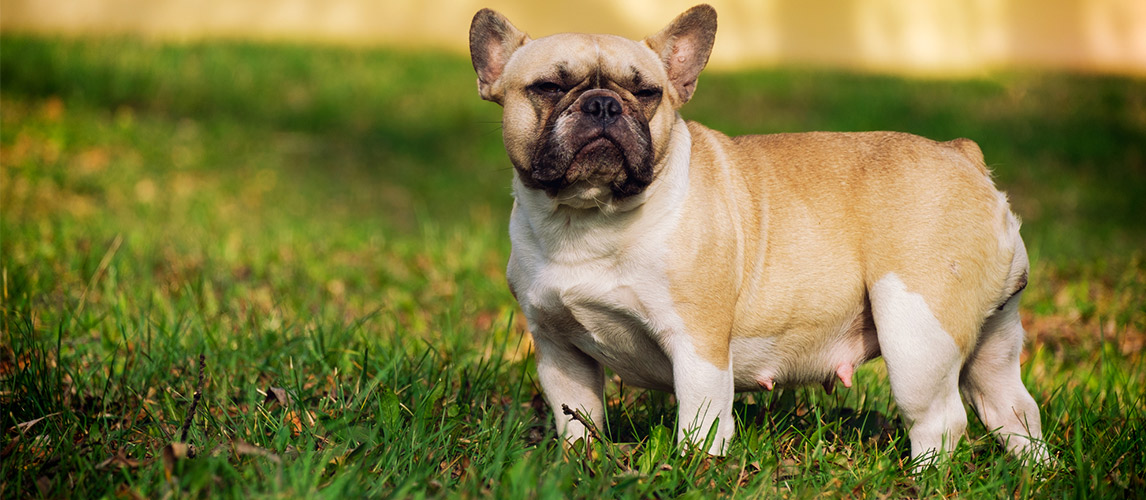Even if your pup cannot speak, it does not mean that it does not try to communicate with you and other humans. Instead, they use vocal communication, and whining is one of these forms. But much like other ways of communicating, a dog’s whine can mean various things.
If you are a dog owner that finds whining annoying or simply want to correct this behavior, understanding the reasons why your beloved pet makes this sound is key to knowing how to change it. By not adequately addressing the root cause of this behavior, you will not be able to properly address it as well. Worse, it might even escalate.

Reasons for a Dog Whining
Appeasement Behavior
There are some dogs that whine while they are in the presence of other people and dogs. You will also notice them in a submissive posture, with their heads and body down, the tails tucked, and the gazes averted.
Greeting Behavior
This is the opposite reason why dogs whine because they might tend to whine as a greeting. This means they are overexcited at seeing either new people or dogs.
Seeking Attention
When dogs want to find attention, they might also whine, looking for their humans to play with them, to give them rewards, or to give them the things they want.
Anxiety
Dogs can also feel stressed and when they do, they may involuntarily whine as a response to the situation.
Your pet might also feel extra anxious when you, its human, are about to leave or while you are not home. This is then a case of separation anxiety. A good way to know if your dog suffers this is that it tends to show other symptoms before you go out like panting, pacing, or excessive drooling. Your pooch might also take to destroying things close to the doors or windows, and peeing or pooping inside the house. It might also look depressed or have some sign of distress.

Medical Condition or Injury
Much like humans, your dog will whine when it is in pain or it feels sick. If your pet is not one to whine often and suddenly begins to do so often, you can take it as a sign that it is not feeling well. Head over to the vet in order to get a thorough check-up and if possible, rule out any medical reason for the whining.
What to Do When a Dog Whines
Beyond being annoying, whining is not something that you should ignore as a pet owner. Your beloved pooch is trying to tell you something, or this is a sign that something is wrong with them. Moreover, how you respond to this whining can either stop or continue this behavior. For example, an excited dog that whines can be distracted and its attention refocused in order to lessen the whining.
If your dog is whining due to anxiety, using punishment to change this behavior is not going to work. Your pet might stop whining, but the fear will remain and it might end up becoming worse and resorting to other dangerous behavior like biting.
How to Make Your Dog Stop Whining
A dog that is satisfied, happy and healthy will not have much reason to whine. This means, if you keep your pet busy with games, walks, foods, and attention, it will have fewer reasons to be on edge and whine. You can also distract a whining dog to focus on a different activity, especially something that requires a bit of sniffing around, finding things, or even chewing on something. It will also give the dog an outlet for its anxiety and boredom.
On the other hand, dogs that whine out of excitement or nervousness can instead learn how to relax and to settle down. Shy or anxious dogs will require their owners to help them increase their confidence. A treat every now and then can help reduce any anxiety against specific areas like the vet’s office.
Attention-seeking dogs will require a different approach because they tend to get overexcited. If this happens during meal times, you might need to prepare meals in another room to lessen the degree of excitement.
Related Post: Dog Anxiety Vest
The Power of Positive Reinforcement
Dogs do not just love attention, but they love it when they get praised and rewarded for good behavior. This makes them perfect for positive reinforcement, especially when learning something new.
Positive reinforcement is simple. You simply shape future behavior by celebrating any of your pooch’s actions through praise or giving a treat. You do not only aim to correct bad behavior, but you will want your pet to be encouraged to keep doing good tasks.
Even when owners talk to or scream at whining dogs, this might even be reinforcing a negative behavior. At the same time, the anxiety and fear that makes your pet afraid can be reinforced by your behavior. If you give it attention, it might stop thinking that whining is bad.
Instead, one of the best strategies is to simply ignore the whining, which includes looking away from the pet. You can instead stare at other things, and end all kinds of interaction with your pooch. When you also do not respond to the whining at all, it might send a message that this kind of behavior does not receive any attention from you. You can also reinforce this message by giving your dog a treat every time it is quiet. For more options, check out our detailed review of the best dog treats.
In some extreme cases, you will need advice from your vet or a pet trainer on how to eradicate whining due to severe anxiety or fear. Such situations might need additional training or might require further medical assistance in order to rule out any illnesses. With help, it is still completely possible to reduce whining, much to the joy of the pet owner, as well as the dog’s.
As a pet owner, all you want is to keep your beloved pooch happy and healthy. This is why you would need to give it attention, play with it and take it out for walks. Then your dog will always be happy, energetic, and always happy.
Sources:
- Nicole Pajer, 9 Signs Your Pet Is Jealous (and How to Stop It), PetMD
- Whining, ASPCA
- Amy Caldwell, How to Train Your Dog to Not Whine When You Leave, WAG!







